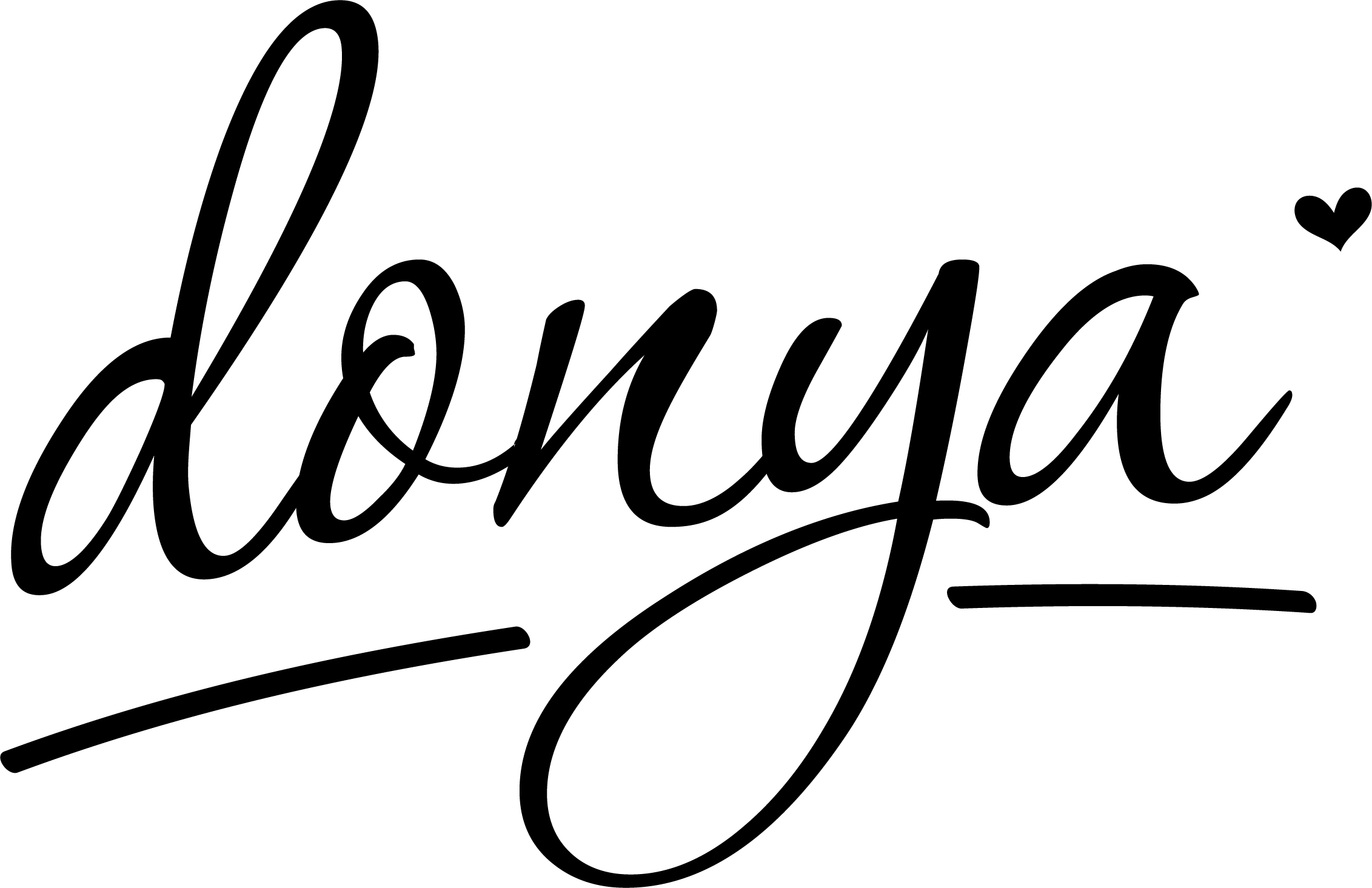In the introductory post for this series, “Human Trafficking: An Old Business with a New Name,” the history of human trafficking was discussed in its root form, slavery. Today the umbrella term is referred to as “Modern Day Slavery” to differentiate between the forms of slavery that exist today and those that occurred during the time of the trans-atlantic slave trade.
The modern definitions of slavery and the slave trade as defined by the League of Nations in 1926 are:
(1) Slavery is the status or condition of a person over whom any or all of the powers attaching to the right of ownership are exercised.
(2) The slave trade includes all acts involved in the capture, acquisition or disposal of a person with intent to reduce him to slavery; all acts involved in the acquisition of a slave with a view to selling or exchanging him; all acts of disposal by sale or exchange of a slave acquired with a view to being sold or exchanged, and, in general, every act of trade or transport in slaves.
Modern Day Slavery
Modern Day Slavery has three main components: bonded labor, forced labor, and human trafficking. Bonded labor occurs when a person is enslaved as means of payment for a loan. Forced labor occurs when a person is threatened into working against their will. Lengthy explanations of both of these forms of slavery and other slavery categories can be found at antislavery.org under the modern slavery section. Human trafficking may contain elements of both bonded and forced labor, but due to its transitory nature, it has its own category.
Human Trafficking
Antislavery.org will also provide us with the definition of human trafficking:
Trafficking involves transporting people away from the communities in which they live and forcing them to work against their will using violence, deception or coercion. When children are trafficked, no violence, deception or coercion needs to be involved: simply transporting them into exploitative conditions constitutes trafficking. People are trafficked both between countries and within the borders of a state.
…
Most coverage of the trafficking issue has focused on trafficking for sexual exploitation, but around a third of all trafficked people are used exclusively for labour exploitation (for example, domestic work, agricultural work, catering or packing and processing).
According to the United Nations Office on Drugs and Crime, human trafficking is
the recruitment, transportation, transfer, harbouring or receipt of persons, by means of the threat or use of force or other forms of coercion, of abduction, of fraud, of deception, of the abuse of power or of a position of vulnerability or of the giving or receiving of payments or benefits to achieve the consent of a person having control over another person, for the purpose of exploitation. Exploitation shall include, at a minimum, the exploitation of the prostitution of others or other forms of sexual exploitation, forced labour or services, slavery or practices similar to slavery, servitude or the removal of organs.
Human trafficking happens to people of all ethnicities, ages, education levels, and socio-economic backgrounds. Due to the mobile and secretive nature of trafficking, it is difficult for law enforcement officials to determine numbers of victims, but it is estimated that 20.9 million individuals, including children, are trafficked for sex or labor globally. (Polaris Project: International Trafficking) Cases have occurred in cities, suburbs, and rural areas of all 50 states in the U.S. and in Washington D.C. (Polaris Project: The Victims) An approximate 100,000 children are estimated to be forced to work as sex slaves within the borders of the U.S. every year. (Polaris Project: Human Trafficking Overview)
These statistics are overwhelming and extremely disheartening, but there is hope! Understanding the problem is the first step towards eliminating it. By taking steps to learn about human trafficking, you are well on your way to becoming a modern day abolitionist!
Are you a freedom fighter?
I’d like to hear from you in the comments section below.
Photo credit:
AlicePopkorn / Foter.com / CC BY-NC-ND
References:
“Slavery Convention.” United Nations Office of the High Commissioner of Human Rights. 2012. Web. 7 January 2014. <http://www.ohchr.org/EN/ProfessionalInterest/Pages/SlaveryConvention.aspx>
“Slavery Today.” Anti-Slavery International. Web. 7 January 2014. <http://www.antislavery.org/english/slavery_today/default.aspx>
“Human Trafficking.” United Nations Office on Drugs and Crime. 2014. Web. 7 January 2014. <http://www.unodc.org/unodc/en/human-trafficking/what-is-human-trafficking.html?ref=menuside>
(Individual links to pages included above. ) Polaris Project. 2013. Web. 7 January 2014.


Hosea’s Heart in Knoxville, TN, does outreach to women in our community that are sexually exploited and/or trafficked by going to strip clubs, to the street, jails, prisons, shelters, juvenile facilities and making calls to backpage and craigslist. We seek them out wherever they may be found! Our vision is to one day have a recovery center that would include a free shelter and more.Thank you for your friendship Donya! More information about us can be found at http://www.hoseasheartknoxville.org Xo!
Your work sounds amazing Angie. Thank you for sharing!